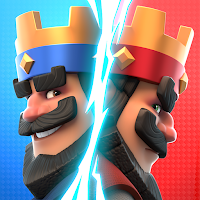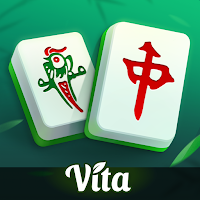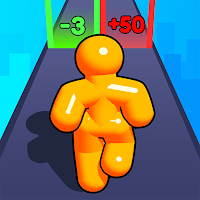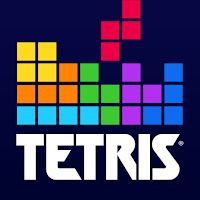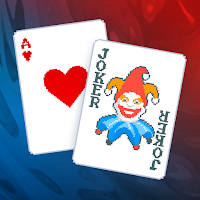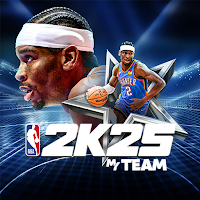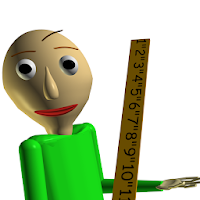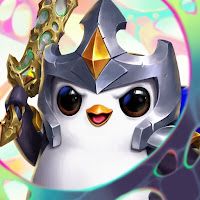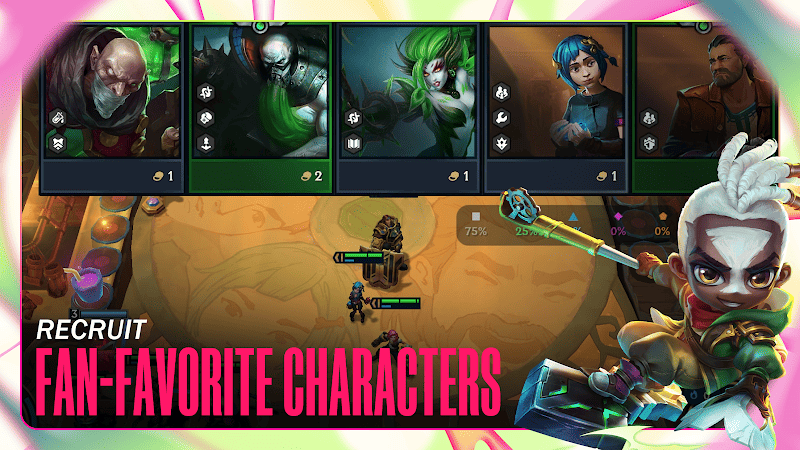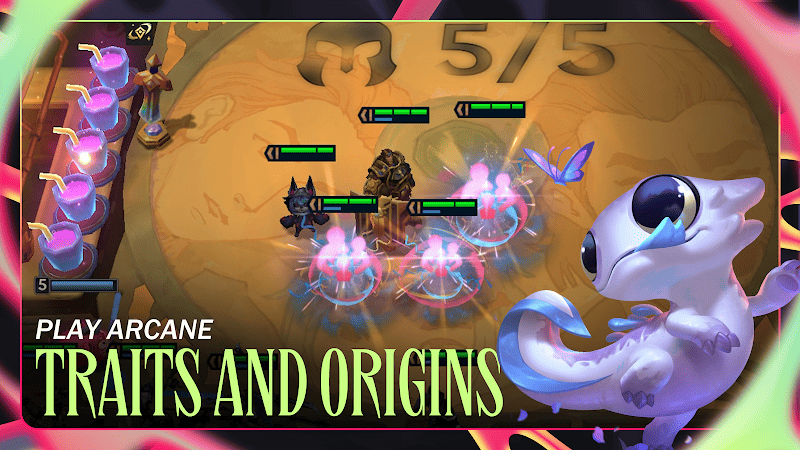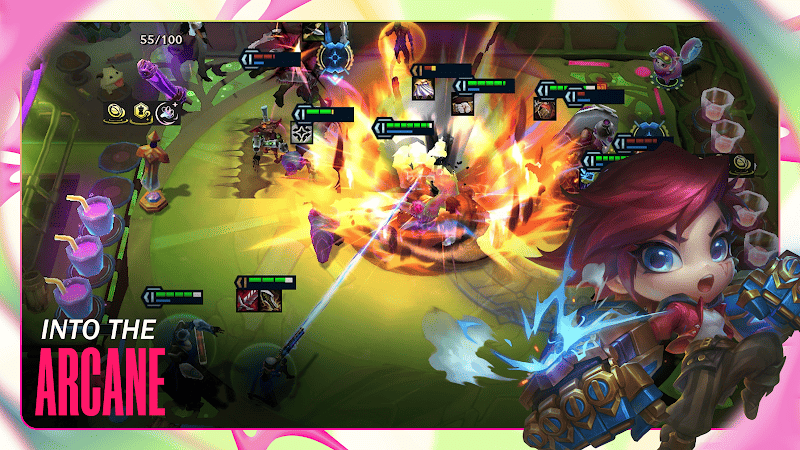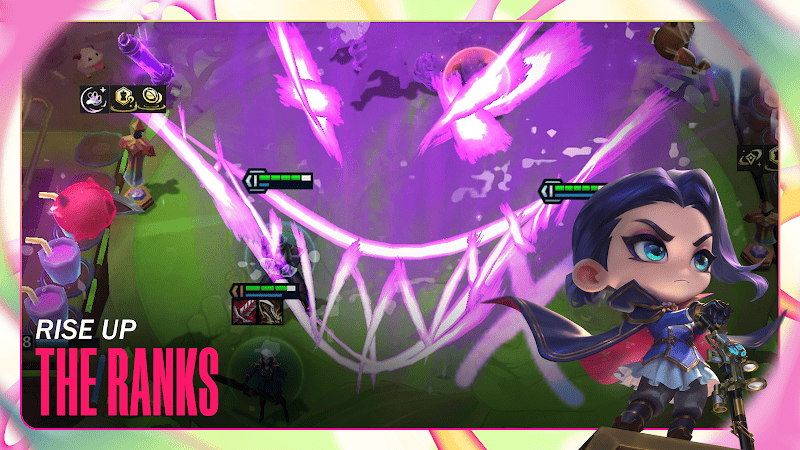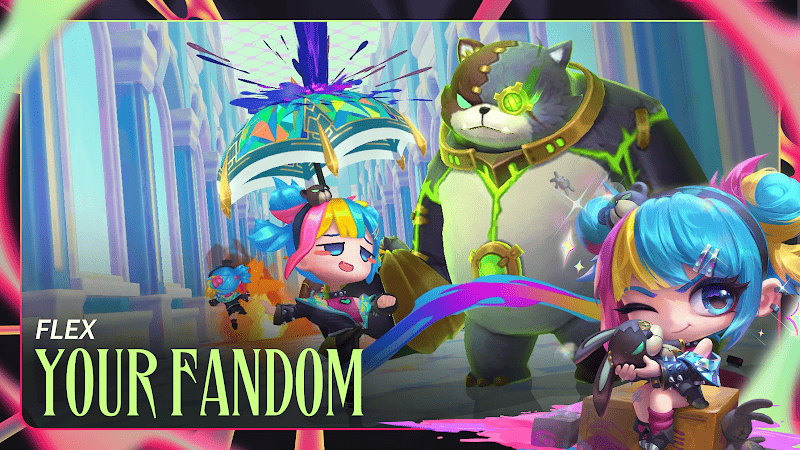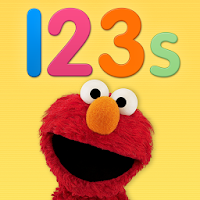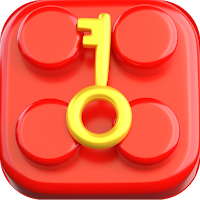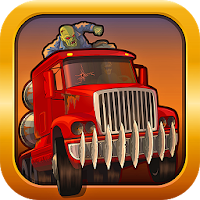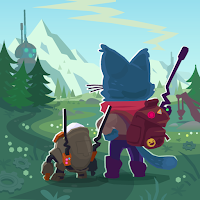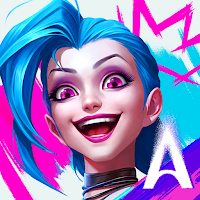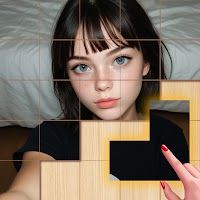Teamfight Tactics (TFT) isn’t just a game—it’s a cerebral battlefield where foresight, adaptability, and calculated risk-taking separate the casual from the conquerors. As Riot Games’ entry into the auto-battler genre, TFT has evolved into a dynamic strategy powerhouse, demanding mastery of mechanics like economy management, unit synergies, and meta adaptation.
At its core, TFT is a game of probabilities. Each match begins with a shared draft, forcing players to pivot their strategies based on available champions and items. Early-game decisions ripple into late-game outcomes: Do you prioritize leveling to secure higher-tier units, or hoard gold for interest bonuses? Do you commit to a meta composition, or experiment with offbeat synergies? The game’s economy system—where unspent gold generates interest (up to 5 gold per turn)—rewards patience but punishes indecision. A player who mindlessly rerolls for units will bleed resources, while one who banks gold can surge ahead in the mid-game.
Unit synergies, or "traits," add another layer. Building around traits like "Duelist" (attack speed stacking) or "Elderwood" (scaling health) requires balancing early-game stability with late-game potential. For example, committing to the "Astral" trait in Set 7 offered consistent gold generation but often capped out in power, making it a risky choice against high-damage late-game comps. Meanwhile, positioning units to dodge area-of-effect abilities or to protect carries like a stacked "Kai’Sa" becomes a micro-level mind game.
Itemization further deepens the strategy. Components like Recurve Bow or Tear of the Goddess can be combined into game-changing items—Guinsoo’s Rageblade for hyper-carries or Spear of Shojin for ability spamming. However, misallocating items early can cripple a composition’s scalability. The recent addition of radiant items and augments (perks that buff your team) introduces even more variables, demanding players adapt their builds on the fly.
The meta, shaped by bi-weekly patches, ensures no strategy remains dominant forever. For instance, the "Dragonmancer" comps of Set 7.5, which relied on buffing a single unit with massive stats, were nerfed to encourage diversity. This constant evolution keeps the game fresh but requires players to stay informed—a hurdle for newcomers.
Critics argue that TFT’s reliance on RNG (random unit shops, item drops) can frustrate strategic play. Yet, seasoned players mitigate luck through flexible game plans. The true skill lies not in forcing a predefined comp but in navigating chaos with calculated pivots.
TFT is a masterclass in strategic depth, blending chess-like planning with dynamic adaptation. While its learning curve is steep, the satisfaction of executing a flawless comp is unparalleled. For those willing to study the meta, manage resources, and embrace uncertainty, TFT offers endless intellectual rewards.
By Jerry | Copyright © Gameyaya - All Rights Reserved
